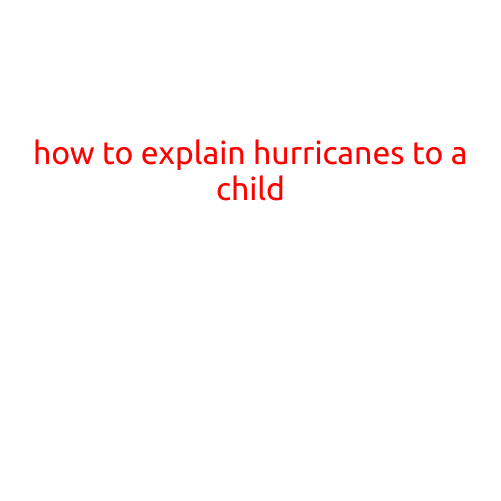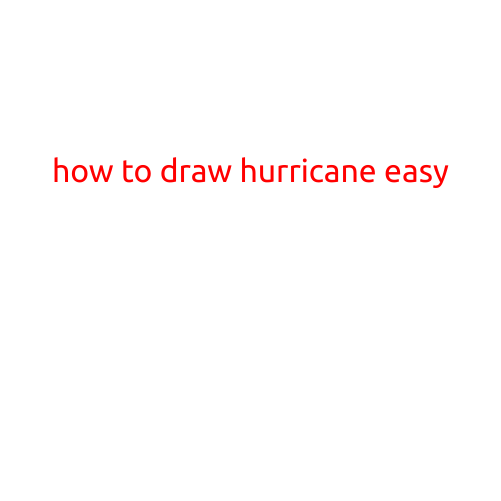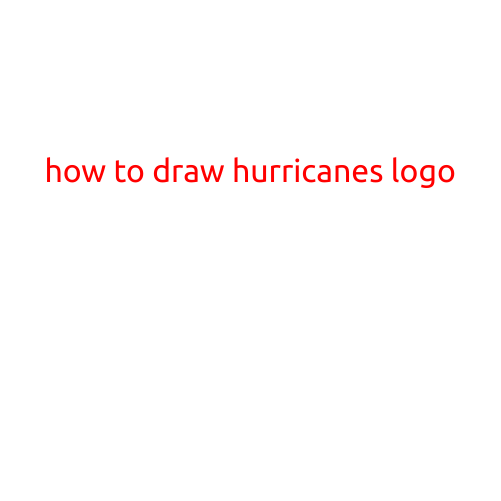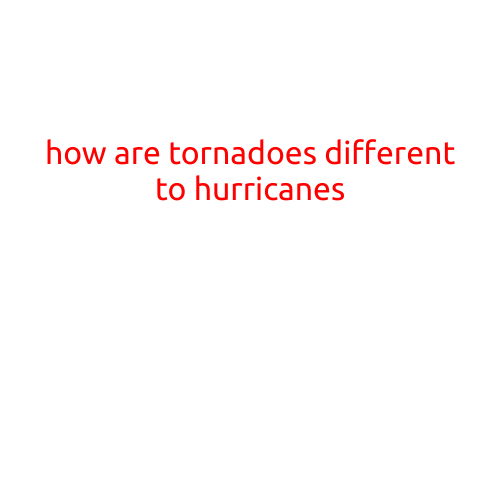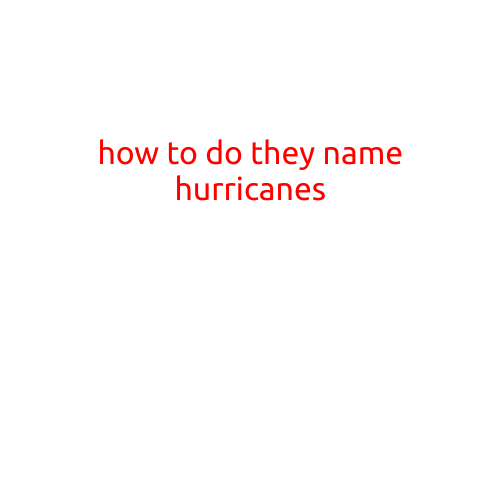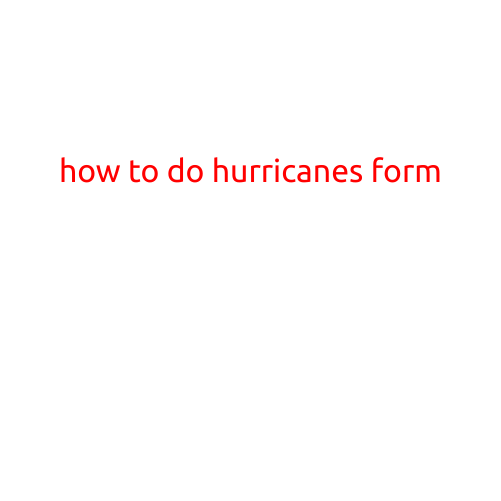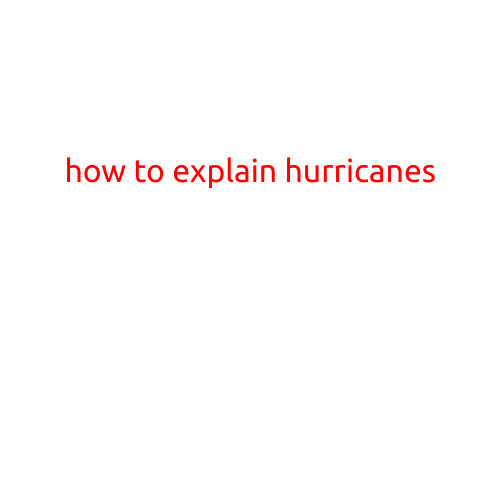
How to Explain Hurricanes: A Guide for Understanding and Communicating the Basics
Hurricanes are powerful and potentially destructive weather systems that can have a significant impact on communities and the environment. As a result, it’s essential to understand and communicate the basics of hurricanes effectively to ensure public safety and awareness. In this article, we’ll provide a comprehensive guide on how to explain hurricanes, covering their definition, types, causes, and effects.
What is a Hurricane?
A hurricane is a type of tropical cyclone that forms over warm ocean waters in the Atlantic, Pacific, and Indian Oceans. It’s a rotating, organized system of clouds and thunderstorms that can bring strong winds, heavy rainfall, and storm surges (a rise in sea level due to strong winds) to coastal areas.
Types of Hurricanes
There are several types of hurricanes, including:
- Tropical depression: A rotating system of clouds and thunderstorms with sustained winds of 38 mph (33 km/h) or less.
- Tropical storm: A rotating system of clouds and thunderstorms with sustained winds of 39-73 mph (34-63 km/h).
- Hurricane: A rotating system of clouds and thunderstorms with sustained winds of 74 mph (64 km/h) or higher.
Causes of Hurricanes
Hurricanes are formed when a combination of atmospheric and oceanic conditions come together. These conditions include:
- Warm ocean waters: Hurricanes need warm ocean waters (at least 80°F or 27°C) to a depth of about 150 feet (45 meters) to form and maintain their strength.
- Moisture: Hurricanes need high levels of atmospheric moisture to fuel their development and intensification.
- Low pressure: Hurricanes form over areas of low atmospheric pressure, which allows the system to rotate.
- Wind shear: Hurricanes need a certain amount of wind shear (a change in wind direction and speed with height) to develop a rotating circulation.
Effects of Hurricanes
Hurricanes can have devastating effects on communities and the environment, including:
- Strong winds: Hurricanes can bring strong winds that can cause damage to buildings, infrastructure, and power lines.
- Heavy rainfall: Hurricanes can bring heavy rainfall, leading to flooding, landslides, and other hazards.
- Storm surges: Hurricanes can cause a rise in sea level, known as a storm surge, which can inundate coastal areas and cause flooding.
- Flooding: Hurricanes can cause widespread flooding, both inland and coastal, due to heavy rainfall and storm surges.
How to Explain Hurricanes
When explaining hurricanes to others, it’s essential to use simple language and focus on the key points. Here are some tips:
- Start with the basics: Define what a hurricane is and explain its types.
- Use analogies: Compare the formation of a hurricane to a tornado or a spinning top to help illustrate the concept.
- Use visual aids: Show images or videos of hurricanes to help people understand the destruction they can cause.
- Emphasize the importance of preparation: Stress the importance of preparing for hurricanes, including creating an emergency plan, stocking up on supplies, and staying informed.
- Use simple language: Avoid using technical jargon or complicated meteorological terms, and instead focus on explaining the basics in simple language that everyone can understand.
Conclusion
Explain hurricanes like a pro by following these simple tips. By understanding the basics of hurricanes and communicating them effectively, you can help people stay safe and informed during these powerful storms. Remember to use simple language, visual aids, and analogies to help people grasp the concepts, and emphasize the importance of preparation and safety.
